
Jamaica's history is a tapestry woven with tales of triumphs and tribulations, a journey marked by the Arawaks, Spanish conquests, Maroon resistance, and the challenging years of slavery. Amidst this rich history, a group often overlooked but with a vibrant legacy is the Tainos, also known as the Arawaks, the original inhabitants of Jamaica. Despite a prevailing narrative suggesting their extinction, recent developments have shed light on the fact that the Tainos are not only alive but actively seeking recognition and respect for their heritage.
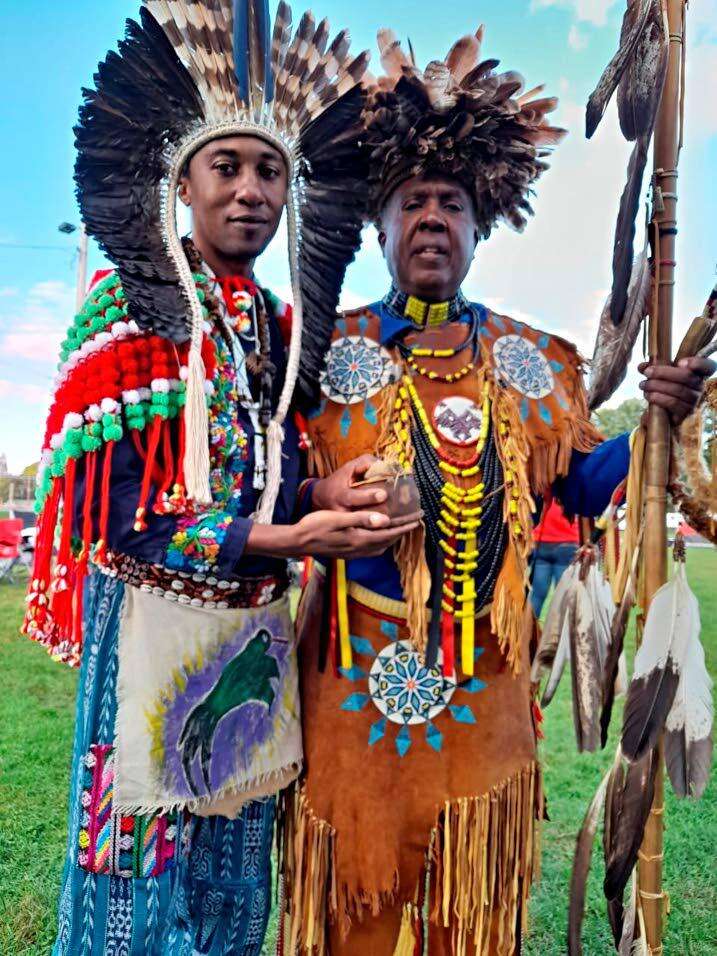
The Arawaks, or Tainos, and Their Impact: Over 2,500 years ago, the Arawaks arrived in Jamaica from South America, shaping the island's culture and landscape. They named it Xaymaca, meaning "land of wood and water." The Arawaks were an agrarian people, cultivating cassava, sweet potatoes, maize, fruits, and tobacco. However, their peaceful existence was disrupted by the arrival of the Spaniards in 1494, leading to their tragic demise through violence, disease, and exploitation.
Spanish Rule and Maroon Resistance: The Spanish era left an indelible mark on Jamaica, with Admiral William Penn and General Robert Venables successfully claiming the island for England in 1655. The subsequent years witnessed the rise of buccaneers, notably Henry Morgan, whose exploits shaped the fate of Port Royal. The sugar industry then took center stage, with enslaved Africans becoming the backbone of the workforce. Slave rebellions, including the Easter Rebellion of 1760 and the Christmas Rebellion of 1831, marked a tumultuous period in Jamaica's history.
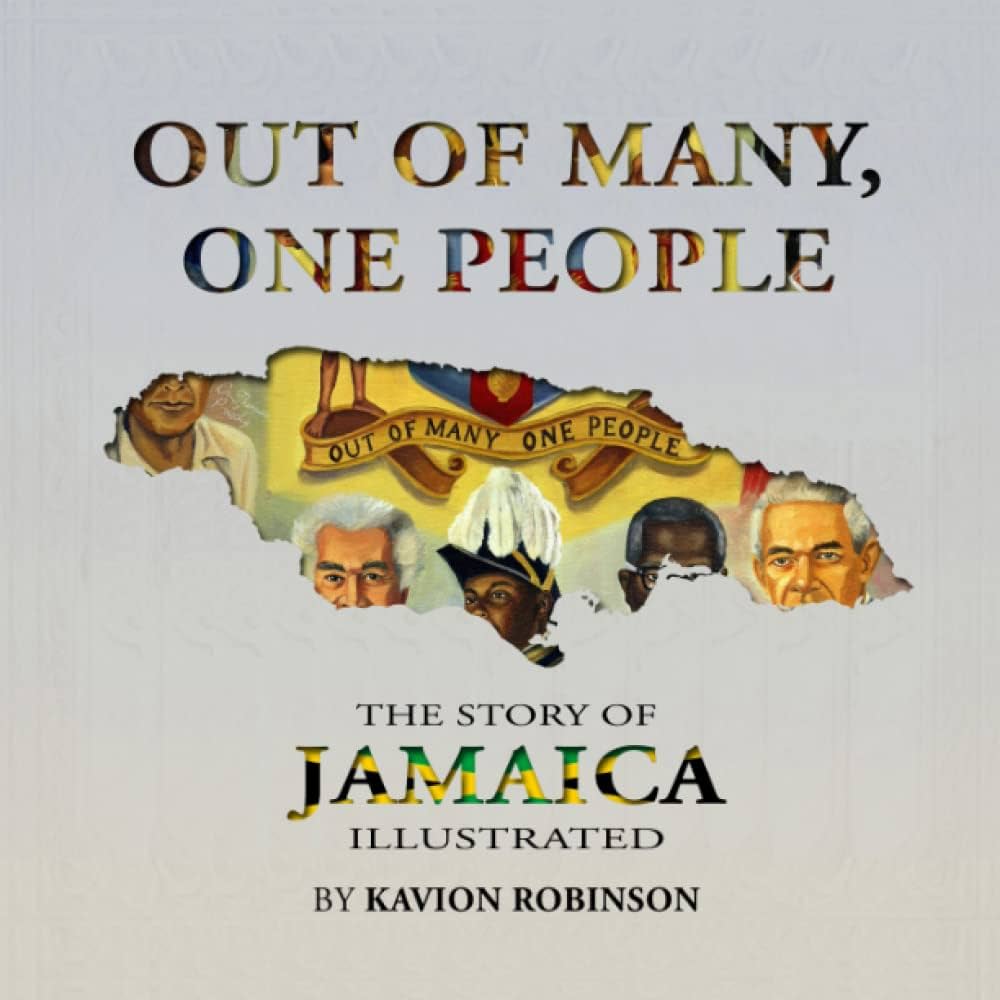
Abolition and Independence: The abolition of the slave trade in 1808 and the subsequent emancipation in 1838 marked a pivotal shift in Jamaica's social landscape. The post-slavery era brought its own challenges, including the Morant Bay Rebellion in 1865. However, it also paved the way for advancements in education, health, and infrastructure, setting the stage for Jamaica's independence on August 6, 1962.
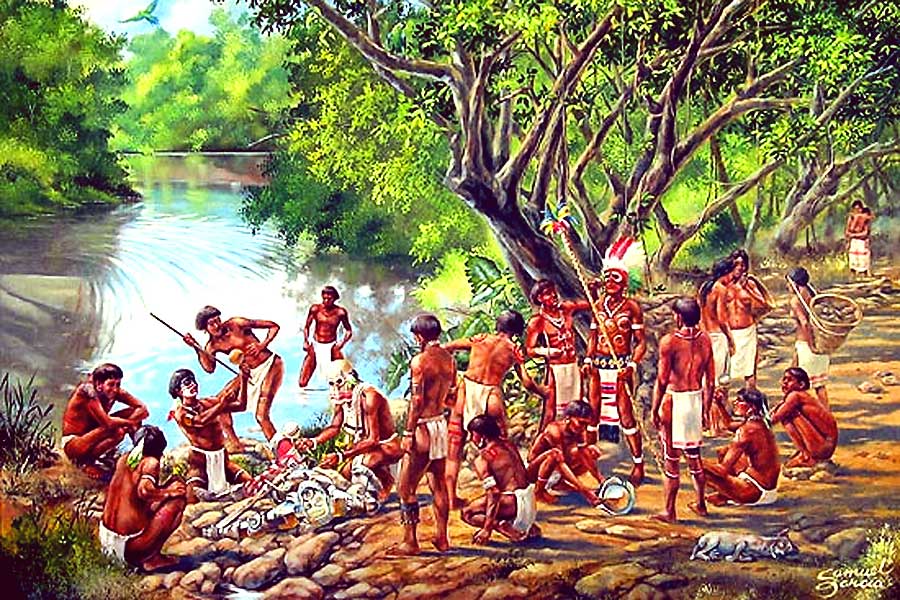
The Tainos Today: While mainstream history often suggests the extinction of the Tainos after 1550, recent developments challenge this narrative. The Yamaye Guani (Jamaica Hummingbird) Taíno Peoples, descendants of the Arawaks, have stepped forward to claim their rightful place in Jamaican history. Chief Kalaan Nibonrix Kaiman and the Yamaye Guani Leadership Council are actively engaging with the Jamaican National Heritage Trust (JNHT) to gain access to ancestral sites and remains.
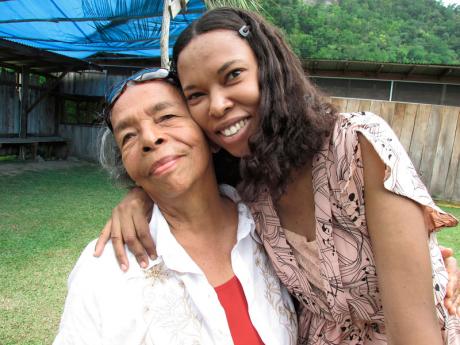
Challenges and Opportunities: Despite efforts to reclaim their heritage, the general public in Jamaica remains largely unaware of the existence of the local Taino people. The prevailing colonial narrative has contributed to this lack of awareness. However, the emergence of the new Kasike (Taino chief) in 2019 has sparked renewed efforts to re-educate the local and regional populations.
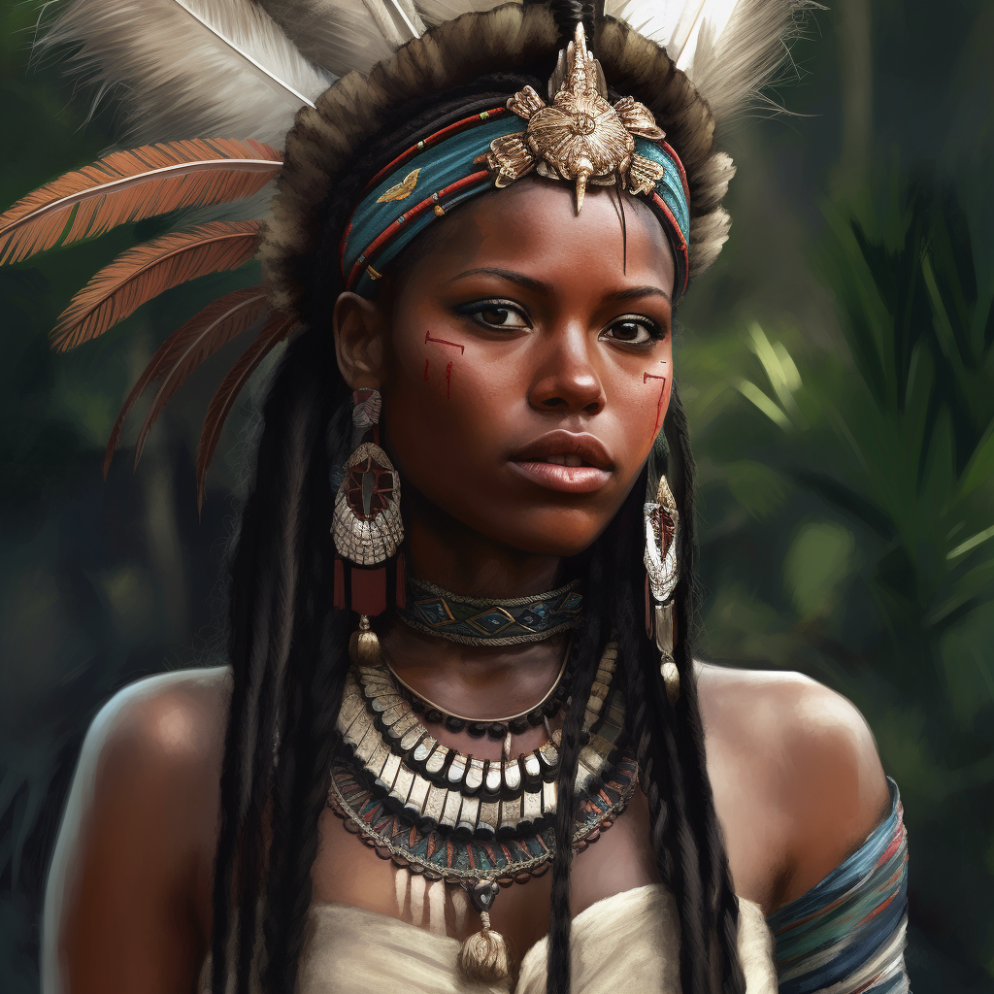
Jamaica's history is a mosaic of diverse cultures, and the Tainos, often relegated to the shadows, are stepping into the light to reclaim their heritage. Recognition and respect for the Yamaye Guani Taíno Peoples signify not just a cultural revival but a crucial step towards acknowledging the resilience and continuity of the Tainos in Jamaica. As the nation moves forward, embracing its history in its entirety is essential for fostering unity, understanding, and a shared sense of identity.

Very interesting! Where do the Tainos currently live in Jamaica and how many of them has been identified?